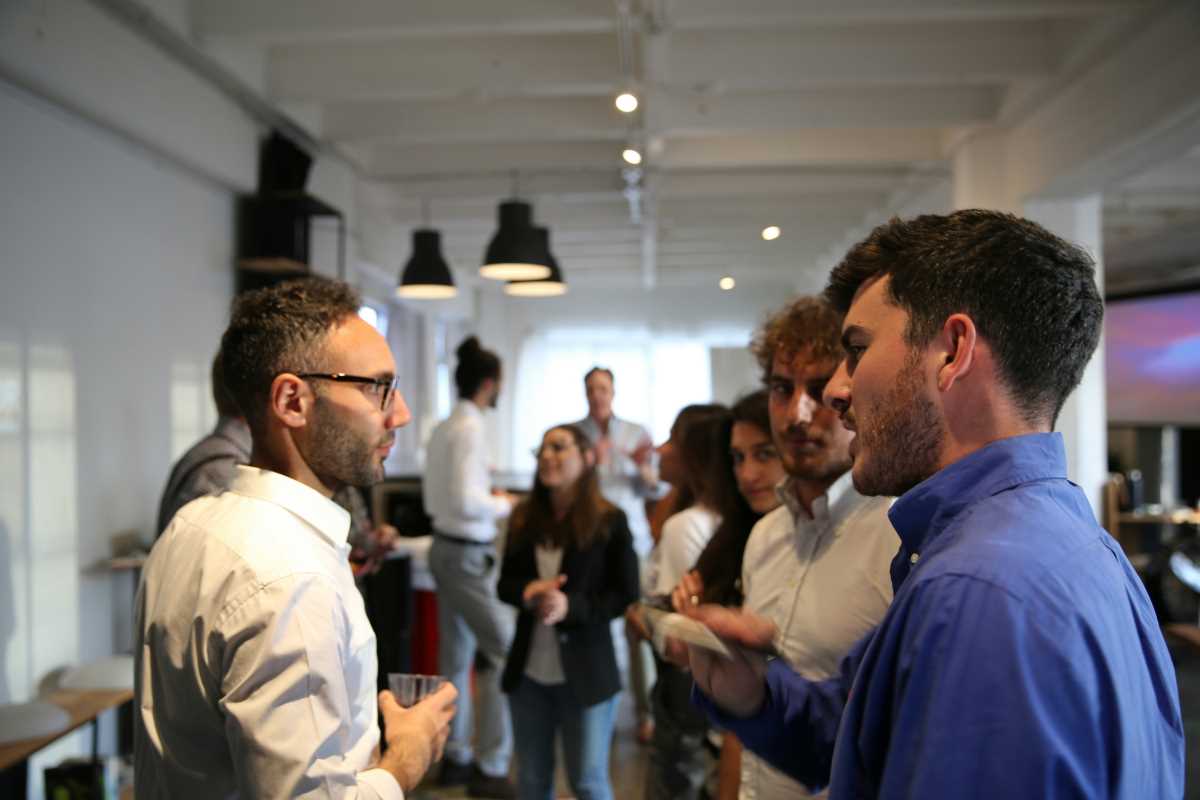In today's fast-paced work environment, maximizing productivity through a blend of teamwork and individual contributions has become essential for success. Organizations that harness the strengths of their teams while recognizing the unique skills of each member are more likely to achieve higher efficiency, innovation, and overall success. Let’s delve into how collaboration and individual efforts can drive productivity in the workplace, exploring various strategies and practices that foster a culture of high performance.
Effective Communication
At the heart of any successful team lies effective communication. Clear and open communication is vital for ensuring that team members share information, set common goals, and provide regular updates. This transparency fosters a collaborative atmosphere where everyone feels informed and engaged. Interestingly, studies indicate that organizations with effective communication practices are 50% more likely to have lower employee turnover rates. When team members are kept in the loop and understand their roles within the team, they are more likely to feel valued and motivated.
To enhance communication, organizations can implement various strategies, such as regular team meetings, collaborative tools, and open-door policies. For example, utilizing project management software allows team members to track progress and share updates seamlessly. Moreover, encouraging an open-door policy where team members feel comfortable sharing ideas or concerns can break down barriers and promote a culture of collaboration.
Recognizing Individual Strengths
Each team member brings a unique set of skills and expertise to the table. Recognizing and leveraging these individual strengths is crucial for achieving better results. When tasks are assigned based on each member’s strengths, it not only leads to higher productivity but also enhances job satisfaction. Research indicates that teams that utilize individual strengths are 12.5% more productive than those that do not.
To effectively recognize individual strengths, organizations can conduct skills assessments and encourage team members to share their personal development goals. Creating opportunities for team members to showcase their skills in team meetings can also help identify strengths that might otherwise go unnoticed. By tapping into these strengths, teams can achieve remarkable outcomes while fostering an environment where employees feel empowered and engaged.
Collaborative Problem-Solving
Challenges are inevitable in any workplace, but teamwork allows for collective problem-solving. When faced with obstacles, pooling together diverse perspectives and ideas can lead to innovative solutions. Encouraging a supportive and collaborative environment fosters creativity and boosts productivity. Fun fact: teams that engage in collaborative problem-solving are five times more likely to be high-performing.
To facilitate collaborative problem-solving, organizations can implement brainstorming sessions and encourage a culture of experimentation. Establishing a safe space where team members feel comfortable voicing their ideas and suggestions—regardless of their role—can lead to groundbreaking solutions. Additionally, using techniques such as design thinking can help teams approach problems from various angles and develop more effective strategies.
Setting Clear Goals and Expectations
Establishing clear goals and expectations is crucial for maximizing productivity. Team members should have a shared understanding of objectives, deadlines, and desired outcomes. This clarity helps avoid confusion and ensures that everyone is aligned toward achieving common goals. Interestingly, teams that set specific goals are 90% more likely to achieve success.
To set clear goals, organizations can utilize the SMART criteria (Specific, Measurable, Achievable, Relevant, Time-bound). By clearly defining what success looks like, team members can stay focused and motivated. Regularly revisiting these goals and adjusting them as necessary keeps everyone accountable and engaged in the process.
Balancing Teamwork and Individual Contributions
While teamwork is essential, recognizing the importance of individual contributions is equally vital for maximizing productivity. Encouraging autonomy and allowing team members to take ownership of their tasks can lead to increased motivation and accountability. Striking a balance between collaboration and individual efforts is key to achieving optimal results. A study by Gallup found that organizations that balance teamwork and individual contributions are 21% more profitable.
To strike this balance, organizations can encourage team members to set personal goals alongside team goals. By giving individuals the freedom to manage their tasks while still contributing to the team’s objectives, employees are more likely to feel empowered and invested in their work. Additionally, promoting a culture where individual achievements are recognized alongside team successes can motivate employees to excel both as team members and as individuals.
Celebrating Success and Providing Feedback
Recognizing achievements and providing constructive feedback are essential components of maximizing productivity. Celebrating milestones and acknowledging team and individual accomplishments not only boosts morale but also motivates team members to continue striving for excellence. Organizations that provide regular feedback have 14.9% lower turnover rates, indicating that employees feel valued and supported in their roles.
Implementing a recognition program can help foster a culture of appreciation. Whether through formal awards or simple shout-outs in team meetings, recognizing accomplishments reinforces positive behavior and encourages continued performance. Furthermore, feedback should be seen as a two-way street. Encouraging team members to provide feedback to each other can create a culture of continuous improvement and collaboration.
Leveraging Technology
In today’s digital age, technology can significantly enhance productivity by streamlining communication and collaboration. Tools such as project management software, communication platforms, and collaborative document editing enable teams to work more efficiently and effectively.
For instance, using platforms like Slack or Microsoft Teams allows for real-time communication and collaboration, reducing the need for lengthy email threads. Additionally, project management tools like Trello or Asana can help teams visualize their tasks, set deadlines, and track progress, ensuring everyone stays aligned.
However, it’s essential to approach technology thoughtfully. Over-reliance on digital tools can sometimes lead to information overload and burnout. Striking a balance between technology use and face-to-face interactions is crucial for maintaining a positive team dynamic.
Fostering a Culture of Continuous Learning
Encouraging a culture of continuous learning can further enhance productivity within teams. When team members are provided with opportunities for professional development, they are more likely to feel engaged and motivated in their roles. Organizations that invest in employee growth and learning are often rewarded with higher levels of productivity and job satisfaction.
This can be achieved through various means, such as workshops, training sessions, mentorship programs, and access to online courses. Encouraging employees to pursue their interests and enhance their skills not only benefits them individually but also strengthens the team as a whole. A culture of continuous learning promotes innovation and adaptability, ensuring that teams remain competitive in a rapidly changing work environment.
Building Trust and Psychological Safety
Trust and psychological safety are foundational elements for maximizing productivity through teamwork. When team members feel safe to express their ideas, take risks, and make mistakes without fear of judgment, it fosters an environment of collaboration and creativity. Building trust requires consistent communication, support, and a commitment to the well-being of all team members.
To create a psychologically safe environment, leaders can encourage open dialogue, actively seek input from team members, and demonstrate vulnerability. When leaders model these behaviors, it sets the tone for the entire team, encouraging everyone to contribute and collaborate without reservation.
Maximizing productivity through a combination of teamwork and individual contributions is essential for success in today’s dynamic work environment. By fostering a culture of effective communication, recognizing individual strengths, promoting collaborative problem-solving, and setting clear goals, organizations can harness the collective power of their teams.
Balancing teamwork with individual contributions, celebrating success, leveraging technology, encouraging continuous learning, and building trust are all vital components in driving productivity. Embracing the synergy between teamwork and individual efforts can lead to a more efficient, innovative, and successful work environment. By implementing these strategies, organizations can create a thriving workplace where everyone feels empowered to contribute their best.
 (Image via
(Image via





